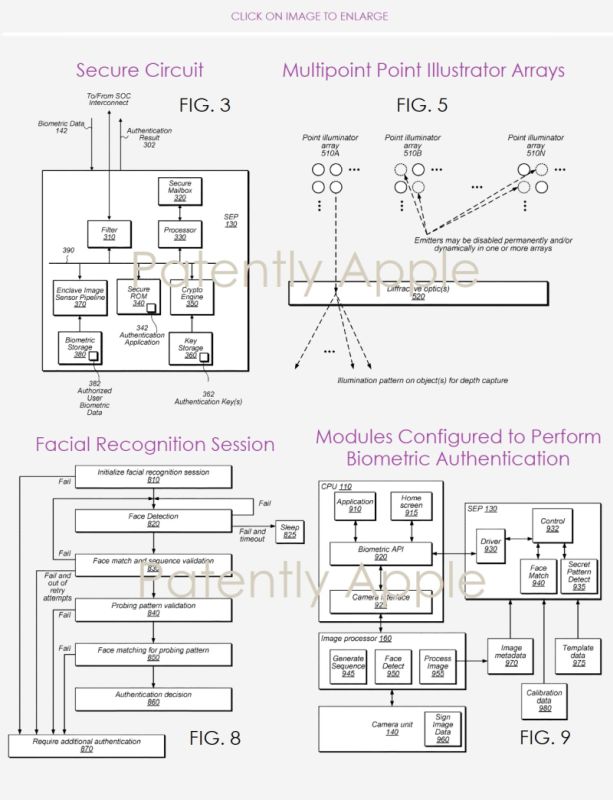The patent application was submitted after its current iteration of Face ID was reportedly cracked on the iPhone X back in 2017 by a Vietnamese cybersecurity firm known simply as Bkav. Specifically, the firm fooled Apple’s Face ID by using a highly sophisticated facial scanning system, as well as employing the help of a professional artist. One of the changes detailed in the new patent points at two illumination modes; the first using a flood illumination process, while the second illumination mode employs multiple discrete points of illumination for depth-sensing. The patent goes on to list 15 other detailed points about the new Face ID formula in extensive detail. Because it can get very technical, we won’t go into these points here. You can read it on the patent’s official USPTO page. As it usually is with all patents, it’s possible that Apple may not reinforce this specific patent. And even if it does become reality, it’s unlikely that we’ll be seeing it anytime soon. By comparison to the competition though, the company from Cupertino does have a reputation of following through with the majority of the patents it has submitted. (Source: Patently Apple via USPTO)
